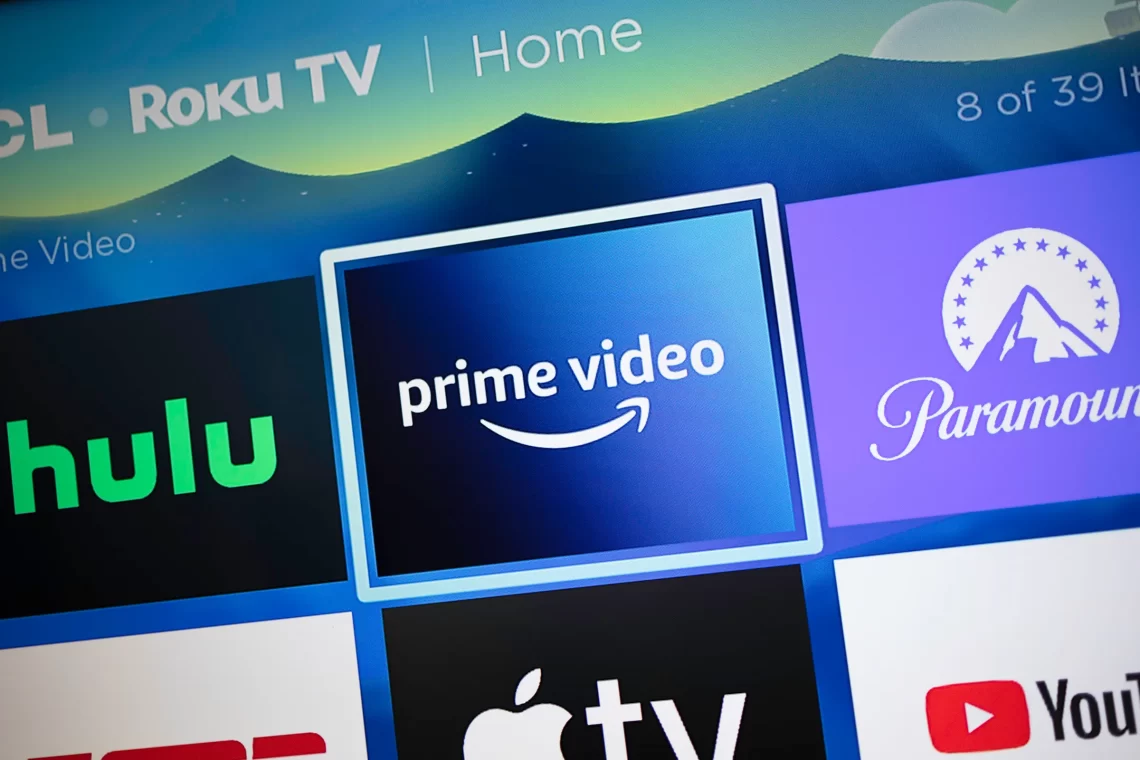By Austin Kelley
In 2025, the Federal Trade Commission (“FTC”) reached a $2.5 billion settlement with Amazon over allegations that the company used “dark patterns” to make it difficult for customers to cancel Prime subscriptions.[1] Although it might seem like a consumer protection issue in isolation, its effects go far beyond online shopping — impacting how fans enjoy sports, movies, and entertainment in the streaming age. Amazon Prime is a major player in entertainment. It streams sporting events, major films, and popular TV shows. Therefore, how Amazon and other entertainment companies design their subscription and cancellation processes matters not only to shoppers but also to film and sports fans alike.
In FTC v. Amazon, the FTC claimed that Amazon breached section 4 of the Restore Online Shopper Confidence Act (“ROCA”) and section 5(a) of the Federal Trade Commission Act (“FTC Act”). It alleges that Amazon is engaging in anticompetitive behavior by making the cancellation process excessively complex.[2] Amazon’s internal system, “Project Illiad,” was an intentionally complicated multi-step barrier designed to generate multiple questions and offers to stop users from unsubscribing. [3] This case eventually settled with Amazon agreeing to simplify cancellations and provide accurate disclosures. [4]
Subscription retention is vital for a streaming company’s business model. The Amazon case puts these models under heavy scrutiny. This case isn’t isolated to streaming. An FTC study analyzed 672 subscription companies’ websites and found that 76% used at least one “dark pattern,” or manipulative tactic to make it unnecessarily hard for consumers to cancel auto-renewals or end their subscriptions.[5] These include hiding cancellation options deep within menus, creating misleading or confusing prompts, or concealing unsubscribe links altogether.[6] The widespread use of such practices shows not just an isolated problem but a systemic one. Although it’s not isolated to the streaming industry, it has serious implications for consumer autonomy, transparency, and trust in the streaming industry overall.
To defend consumers from these predatory practices, the FTC finalized a Negative Option rule in October 2024. [7] This rule required, among other things, that the cancellation be as easy as signing up and mandated clear disclosure of the cancellation process to consumers.[8] However, the U.S. Court of Appeals for the Eighth Circuit vacated the rule on procedural grounds, leaving companies free to continue these practices in the interim.[9]
States are even beginning to take action against these practices. California amended its Automatic Renewal Law to require cancellation methods be offered via the same medium used for signup, express affirmative consent to renewal terms, clear disclosure of material terms, and advanced notice prior to price increases.[10] Similarly, New York law also requires clear disclosure of renewal terms and an easy way to cancel the subscription, including online cancellation for those who signed up online.[11]
With rising streaming costs from various providers, many consumers are engaging in subscription hopping, frequently subscribing, canceling, and resubscribing to save money.[12] A 2024 New York Times analysis found that roughly 25% of subscribers canceled three or more streaming subscriptions in the past two years, making this practice a mainstream market trend.[13] Consequently, transparency and straightforward cancellation processes have become essential for businesses.
For streaming services such as Netflix, Disney+, HBO Max, and others, these legal and regulatory shifts pose a real risk. As sports and entertainment rights splinter across platforms, user experience and trust becomes a competitive edge. Consumers who feel trapped by subscriptions may be less likely to stay loyal or even return after they’ve left. As platforms compete for content and viewers, a platform’s success may hinge on the trust of its consumers.
The Amazon case is more than just a blip, it’s a bellwether. When cancelling feels less like flipping a switch and more like winding a maze, platforms that resist transparency and invoke cheap tactics to trap viewers risk not only consumer frustration but legal scrutiny. In a world where access defines experience, transparency must be part of the product.
[1] CAROLINE HASKINS, Amazon Will Pay $2.5 Billion to Settle FTC Suit That Alleged ‘Dark Patterns’ in Prime Sign-Ups, WIRED, https://www.wired.com/ [https://perma.cc/Z4DV-H49W]
[2] Fed. Trade Comm’n, FTC Secures Historic $2.5 Billion Settlement Against Amazon, https://www.ftc.gov/ [https://perma.cc/UW75-926A]
[3] EUGENE KIM & HANNAH TOWEY, Project Iliad: Amazon used a sneaky tactic to make it harder to quit Prime and cancellations dropped 14%, according to leaked data, BUSINESS INSIDER (June 21, 2023), https://www.businessinsider.com/amazon-project-iliad-made-cancel-prime-membership-harer-leaked-data-2022-3 [https://perma.cc/K55J-3C87]
[4] Fed. Trade Comm’n, FTC Secures Historic $2.5 Billion Settlement Against Amazon, https://www.ftc.gov/news-events/news/press-releases/2025/09/ftc-secures-historic-25-billion-settlement-against-amazon#:~:text=a%20$1%20billion%20civil%20penalty%2C%20which%20is%20the%20largest%20ever,the%20consumer%20redress%20distribution%20process.
[5] SARAH PEREZ, FTC study finds ‘dark patterns’ used by a majority of subscription apps and websites, TECHCRUNCH, https://techcrunch.com [https://perma.cc/9P8Q-VEY5]
[6] SARAH PEREZ, FTC study finds ‘dark patterns’ used by a majority of subscription apps and websites, TECHCRUNCH (July 10, 2024), https://techcrunch.com/[https://perma.cc/9P8Q-VEY5]
[7] Negative Option Rule, 89 Fed. Reg. 90476-01 (Nov. 15, 2024) (to be codified at 16 C.F.R. pt 425).
[8] CARTER SIMPSON et al., Updated California and FTC Auto-Renewal Regulations Take Effect,
[9] Showing that it was struck down (May 19, 2025), https://www.paulhastings.com/ [https://perma.cc/B2Z7-STTD]
[10] California Automatic Renewal Law Amendments Take Effect on July 1, 2025, COOLEY (June 4, 2025), https://www.cooley.com/ [https://perma.cc/4TTW-EU4M]
[11] TONY STERNBERG, New York Automatic Renewal Law – What You Need to Know, PROPERSTACK (Nov. 1, 2024), https://prosperstack.com/ [https://perma.cc/J4Z8-6R3M]
[12] JOHN KOBLIN, Americans’ New TV Habit: Subscribe. Watch. Cancel. Repeat., NEW YORK TIMES (Apr. 21, 2024), https://www.nytimes.com/2024/04/20/business/media/streaming-subscription-jumping.html [https://perma.cc/7LJR-RJYV]
[13] JOHN KOBLIN, Americans’ New TV Habit: Subscribe. Watch. Cancel. Repeat., NEW YORK TIMES (Apr. 21, 2024), https://www.nytimes.com/2024/04/20/business/media/streaming-subscription-jumping.html [https://perma.cc/7LJR-RJYV]





